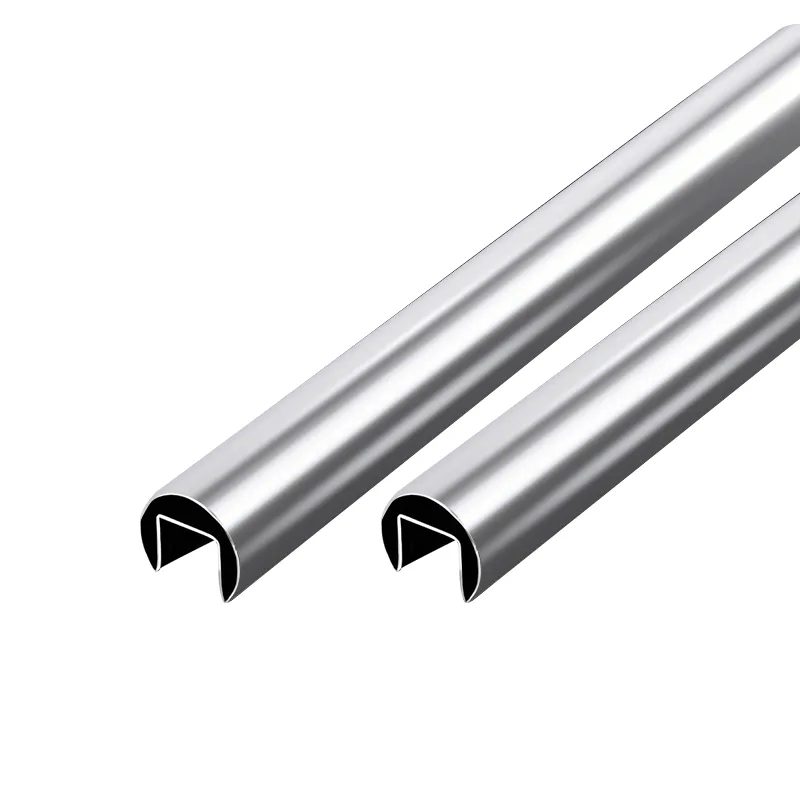Exploring the World of Durable Automotive Components and Hard Parts Solutions
Nov . 09, 2024 12:27
The Role of Automotive Hard Parts in Vehicle Performance and Sustainability
The automotive industry is constantly evolving, driven by advancements in technology and a growing emphasis on sustainability. Among the various components that make up a vehicle, hard parts play a crucial role in defining performance, durability, and efficiency. Automotive hard parts refer to the various rigid components used in the manufacturing and assembly of vehicles. These include engine components, transmission systems, suspension systems, and steering mechanisms, to name a few.
Understanding Automotive Hard Parts
Automotive hard parts are typically made from metals, alloys, and composites that provide the necessary strength and rigidity required in the demanding automotive environment. Components like engine blocks, cylinder heads, crankshafts, camshafts, and gears must withstand extreme conditions such as high temperatures, pressures, and mechanical stresses. These hard parts are engineered using advanced manufacturing techniques like casting, forging, and machining, which guarantee high precision and reliability.
With the advent of electric vehicles (EVs), the dynamics of automotive hard parts are changing. While traditional ICE (internal combustion engine) vehicles rely heavily on complex mechanical systems, EVs simplify many components. However, hard parts still play a significant role as they are essential for electric drivetrains and battery management systems. For instance, robust structural components are required to house batteries, electric motors, and electronic control units—all of which are integral to EV performance.
Performance Factors Influenced by Hard Parts
1. Efficiency The configuration and material of automotive hard parts influence a vehicle's overall efficiency. Lighter materials such as aluminum and high-strength steel are increasingly used to reduce weight without sacrificing strength. This weight reduction directly translates to better fuel economy and improved performance.
2. Durability The durability of automotive hard parts is crucial for vehicle longevity. Components like suspension struts and driveshafts must endure constant wear and tear under various road conditions. Developing hard parts with high fatigue resistance and corrosion protection can drastically improve vehicle life and reduce maintenance costs.
3. Safety Safety is a paramount concern in the automotive industry. Hard parts such as frames, crumple zones, and structural reinforcements are designed to absorb impact energy during collisions, helping protect occupants. The development of advanced materials and innovative designs has led to cars that are not only safer but also lighter, contributing to overall performance metrics.
automotive hard parts
4. Emissions As regulations around emissions become stricter, the design and function of automotive hard parts also evolve. Components like catalytic converters and exhaust systems are engineered to minimize pollutants. Innovations in materials and design are essential for compliance with environmental standards and reducing the automotive carbon footprint.
Advances in Material Technology
The automotive industry is witnessing rapid innovations in material technology, aiming to improve the functionality and sustainability of hard parts. For instance, the use of lightweight, high-strength materials like carbon fiber composites is on the rise. These materials provide exceptional strength-to-weight ratios and can significantly enhance vehicle dynamics while reducing overall emissions.
Additive manufacturing, or 3D printing, is another transformative technology. It allows for the production of complex geometries that are both lightweight and strong, reducing material waste and enabling faster prototyping. Manufacturers can create custom hard parts that meet specific performance needs while maintaining cost-effectiveness.
Sustainability in Manufacturing
As consumer awareness regarding environmental issues grows, automotive manufacturers are compelled to adopt sustainable practices. This includes sourcing raw materials responsibly, reducing energy consumption during the production processes, and developing recycling programs. Recyclability of hard parts is increasingly important, as manufacturers strive to create a circular economy within the automotive sector.
Furthermore, collaboration across the supply chain can lead to more sustainable practices. By working together, manufacturers, suppliers, and consumers can drive initiatives that reduce the environmental impact associated with automotive hard parts.
Conclusion
Automotive hard parts are fundamental to the performance, safety, and sustainability of vehicles. As the industry evolves, the focus on improving the efficiency, durability, and environmental impact of these components will remain paramount. Through advancements in materials, manufacturing processes, and design innovations, automotive hard parts will continue to shape the future of mobility, ensuring that vehicles are not only high-performing but also sustainable for generations to come. Investing in the technology and innovation surrounding automotive hard parts will ultimately lead to safer, more reliable, and environmentally friendly transportation solutions.
 Afrikaans
Afrikaans  Albanian
Albanian  Amharic
Amharic  Arabic
Arabic  Armenian
Armenian  Azerbaijani
Azerbaijani  Basque
Basque  Belarusian
Belarusian  Bengali
Bengali  Bosnian
Bosnian  Bulgarian
Bulgarian  Catalan
Catalan  Cebuano
Cebuano  Corsican
Corsican  Croatian
Croatian  Czech
Czech  Danish
Danish  Dutch
Dutch  English
English  Esperanto
Esperanto  Estonian
Estonian  Finnish
Finnish  French
French  Frisian
Frisian  Galician
Galician  Georgian
Georgian  German
German  Greek
Greek  Gujarati
Gujarati  Haitian Creole
Haitian Creole  hausa
hausa  hawaiian
hawaiian  Hebrew
Hebrew  Hindi
Hindi  Miao
Miao  Hungarian
Hungarian  Icelandic
Icelandic  igbo
igbo  Indonesian
Indonesian  irish
irish  Italian
Italian  Japanese
Japanese  Javanese
Javanese  Kannada
Kannada  kazakh
kazakh  Khmer
Khmer  Rwandese
Rwandese  Korean
Korean  Kurdish
Kurdish  Kyrgyz
Kyrgyz  Lao
Lao  Latin
Latin  Latvian
Latvian  Lithuanian
Lithuanian  Luxembourgish
Luxembourgish  Macedonian
Macedonian  Malgashi
Malgashi  Malay
Malay  Malayalam
Malayalam  Maltese
Maltese  Maori
Maori  Marathi
Marathi  Mongolian
Mongolian  Myanmar
Myanmar  Nepali
Nepali  Norwegian
Norwegian  Norwegian
Norwegian  Occitan
Occitan  Pashto
Pashto  Persian
Persian  Polish
Polish  Portuguese
Portuguese  Punjabi
Punjabi  Romanian
Romanian  Samoan
Samoan  Scottish Gaelic
Scottish Gaelic  Serbian
Serbian  Sesotho
Sesotho  Shona
Shona  Sindhi
Sindhi  Sinhala
Sinhala  Slovak
Slovak  Slovenian
Slovenian  Somali
Somali  Spanish
Spanish  Sundanese
Sundanese  Swahili
Swahili  Swedish
Swedish  Tagalog
Tagalog  Tajik
Tajik  Tamil
Tamil  Tatar
Tatar  Telugu
Telugu  Thai
Thai  Turkish
Turkish  Turkmen
Turkmen  Ukrainian
Ukrainian  Urdu
Urdu  Uighur
Uighur  Uzbek
Uzbek  Vietnamese
Vietnamese  Welsh
Welsh  Bantu
Bantu  Yiddish
Yiddish  Yoruba
Yoruba  Zulu
Zulu 












